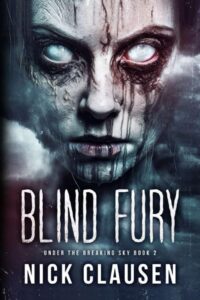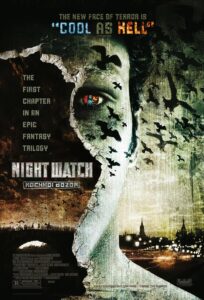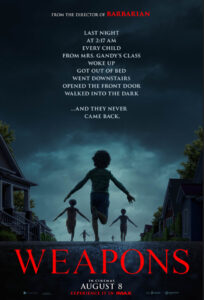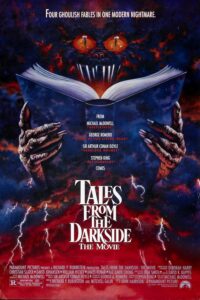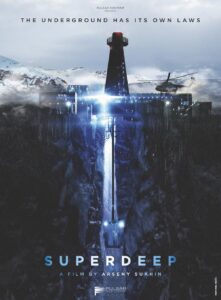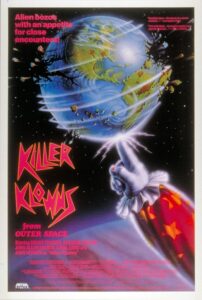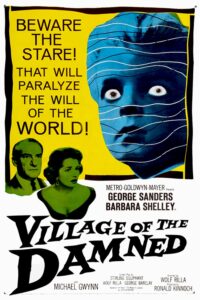 Because I have not been hiding under a rock, I’ve known about Hereditary since 2018, maybe 2017. But it always seemed a little bit too much, so I held off, and held off, and kept holding off, and finally it took on a life of its own I guess? But, because I sort of have been hiding under a rock, I also managed to avoid virtually all information about the movie, and thus came into it essentially unspoiled, excepting only genre, really.
Because I have not been hiding under a rock, I’ve known about Hereditary since 2018, maybe 2017. But it always seemed a little bit too much, so I held off, and held off, and kept holding off, and finally it took on a life of its own I guess? But, because I sort of have been hiding under a rock, I also managed to avoid virtually all information about the movie, and thus came into it essentially unspoiled, excepting only genre, really.
I would recommend this, as a great deal of the fun was in trying to unravel just what precisely was going on, with really only the title as a potential clue. On the downside, this means I kind of shouldn’t say much. So, the first thing that happens is grandma dies. Then we learn about the difficult dynamics in the family surrounding grandma. Then, one of the more shocking and disturbing <spoilers> I personally have ever seen occurs. Then, shit gets weird.
In addition to being compelling from beginning to end, I need to give a shout out to the sound design people, who did a masterful job. Also, the special effects surrounding zooming in on a miniature and it seamlessly becoming a real life room? Top notch. And, okay, going to put the spoiler behind a cut, because I really need to talk about this and, after all, most people in the world have seen it by now.
